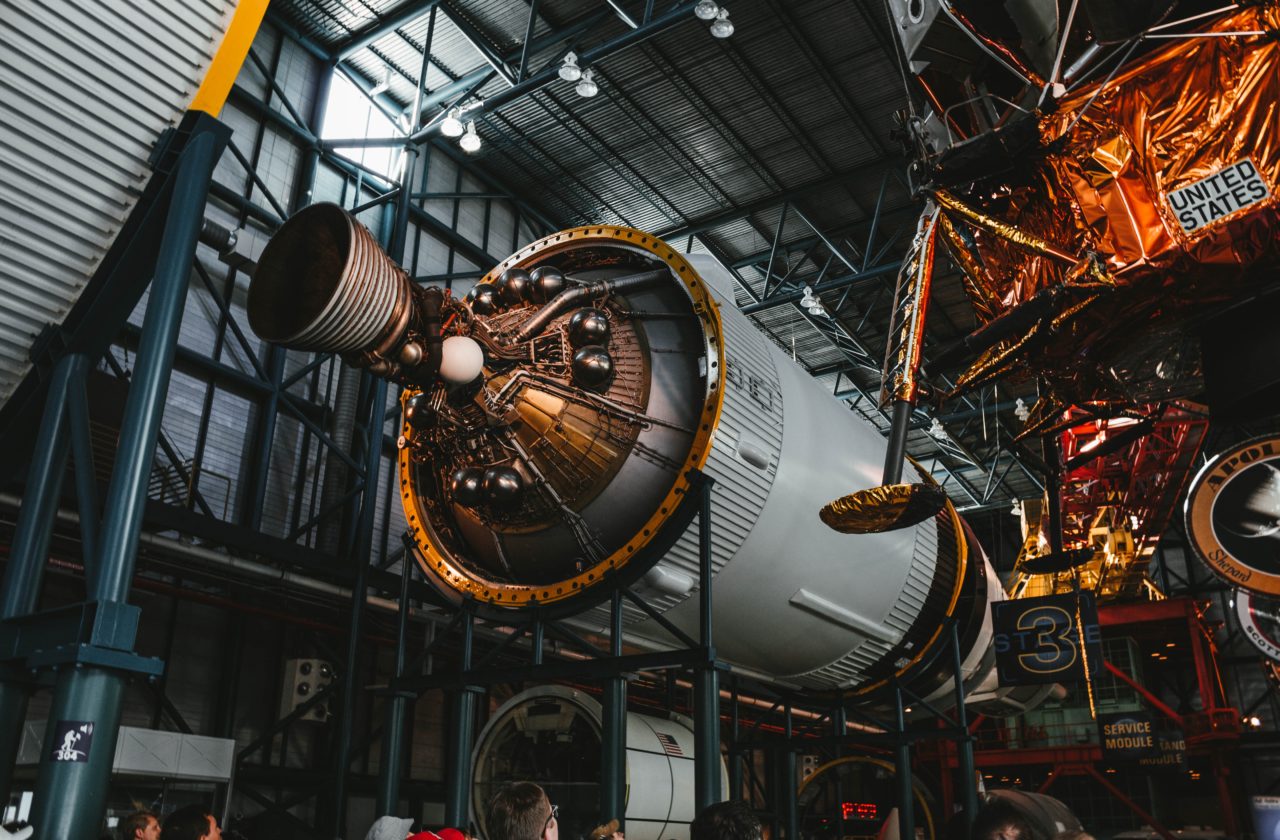ISRO gets a green hustle from India’s new draft of Space Transportation Policy.

National Space Transportation Policy states that the private players contributing to the space sector play a significant role in policy reforms to concentrate on the R&D on green fuel, reusable rockets, and robotic space exploration.
The policy states that they need to research a new propulsion framework regarding green propellants, liquid oxygen-methane, and semi-cryogenic.
Recently, under India’s government, the space department has drafted the National Space Transportation Policy.
Human missions and green fuel are the areas where the Indian Space Research Organisation is currently working.
In the Gangayan mission, where the Indians are taken to space initiated by the space agencies where they are looking for the rockets to have the green propulsion through hydrogen peroxide, said the Chairman of Indian Space Research Organisation and the Secretary of Department of Space. Also, ISRO is looking for rocket engines fueled using hydrogen peroxide where the propellant can be bi or mono and ethanol.
Another green fuel is under development by the Indian Space Agency, where methane is used as fuel and oxygen is used as an oxidizer. As the test results have yielded positive effects to the use of methane engines, said the SIVAN to IANS.
The methane propellants have advantages concerning cost, storability, toxicity, and impulse. Now the space agency is planning to use green-powered fuel over the existing fuels of liquid engines.
ISRO has come with a product called ISROSENE – kerosene of rocket-grade, an alternative to the conventional fuel of hydrazine.
When the SIVAN was questioned about the working of engines fired by solid fuels, it replied that it is progressing.
Regarding satellite powering, chemical fuel is being replaced by electrical propulsion, which is light in weight, said the ISRO working towards it.
Since the government agencies are working on green fuel, the private players are also using the same.
CEO Pawan Kumar Chandra and Co-founder of Skyroot Aerospace, responded to IANS, saying,” They are already in the testing process of the developed engine using greener cryogenic fuel. Thus exclaiming the shift to green fuels for all the coming vehicles, the same is used in the rocket’s upper stage.
The solid fuel has the advantage of giving significant thrust and lower cost; for now, they would use the same and, in the later stages, would eventually shift to green fuels for all the vehicles, said Chandana.
To plan for human space exploration, DOS said it is essential for space transportation to be advanced, heavy lifting, reusability, and new propulsion systems as stated in the draft policy.
The current ability of the DOS and ISRO has to be enhanced to meet the missions of robotic space exploration and human spaceflight. Working towards reusable space transportation and super heavy-lift systems with a solid infrastructure to access the earth’s lower orbit and even beyond it is stated in the policy.
The research must also focus on developing robust rocket systems with clustered engines, which have to undergo a series of tests. Creating the test facilities for qualifying and validating the tested methods for the establishment was also stated in the policy.
The policy states that new materials are required for these developments and the classic designs for the manufacturing paradigm. These systems have to be studied through proper validation of the prototype and need to establish relevant procedures.



